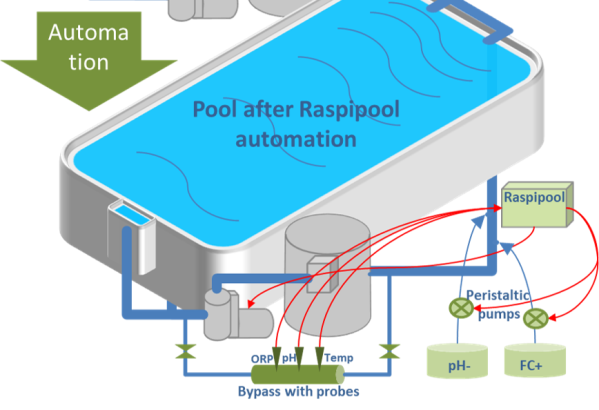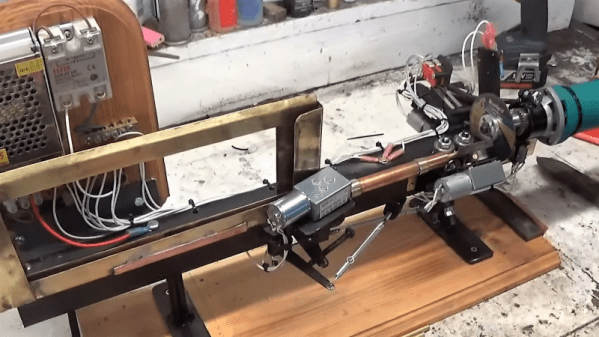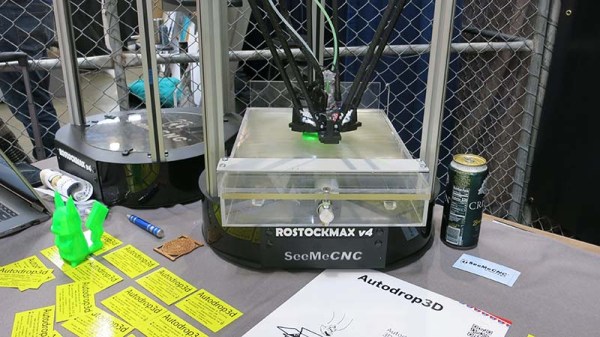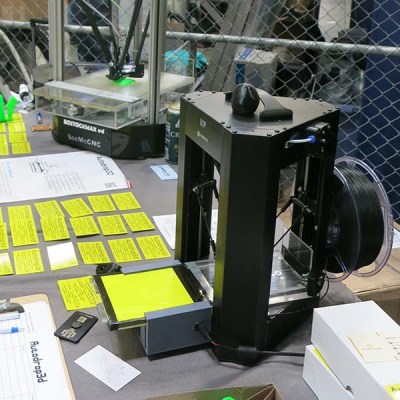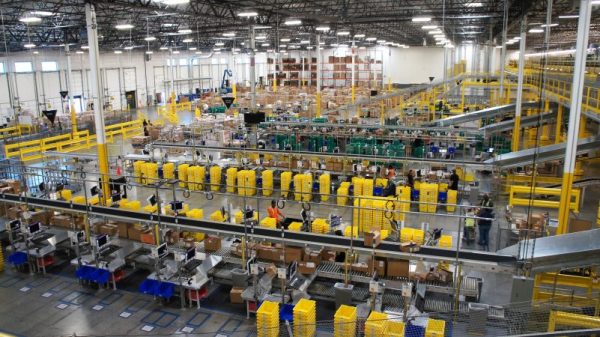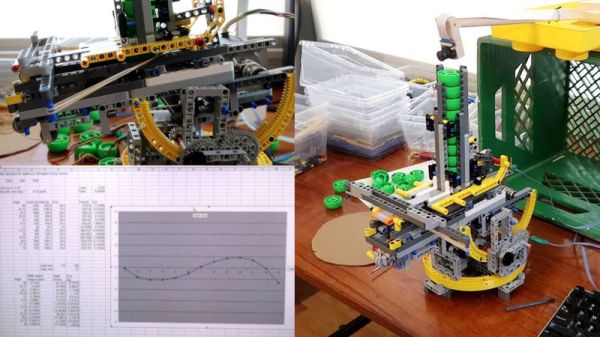If you’re lucky enough to have a swimming pool, well, you may not feel all that lucky. Pools are great to have on a hot summer day, but keeping them crystal clear and pH-balanced is a deep dive into tedium. Sure, there are existing systems out there. They cost a kiddie pool of cash and are usually limited to particular pool parts. Existing DIY solutions are almost as bad, and so [segalion] is making waves with a dumb, brand-agnostic pool automation system called Raspipool.
Sensors for pH, ORP, and temperature are immersed in pool water flowing through a bypass pipe that runs between the filter and the pump. The basic plan is to control the pumps and sensors with a web-enabled Raspberry Pi, and have the Pi send action and threshold notifications straight to [segalion]’s poolside lounge chair. Each piece is dedicated to a single task, which allows for easy customization and future expansion.
[segalion] is trying to get more people involved so that Raspipool can keep really make a splash. Be sure to check out the project wiki and let him know if you can help or have suggestions.
We’re glad [segalion] is building from the ground up, and doesn’t have to dive into some pre-existing mess of an automation system.

